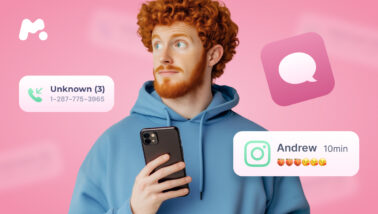
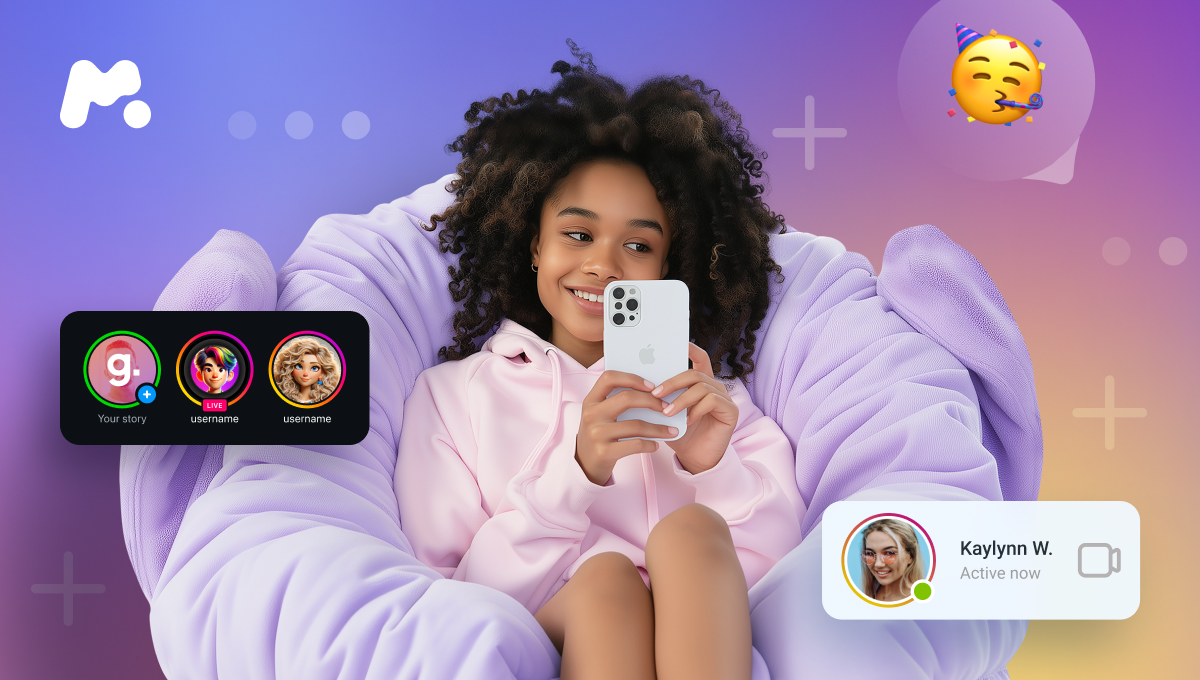
Teens love Instagram, spending countless hours scrolling, posting, and chatting with friends. But this platform also comes with risks, from inappropriate interactions to mental health concerns that cannot be ignored.
In response, Meta has launched the Teen Accounts feature to automatically place users under 18 under strict built-in protections. But why now? Is this a genuine effort to protect teens or a response to countless lawsuits accusing Meta of addicting children to social media? Either way, changes are made, but their effectiveness remains to be seen.
Table Of Contents
What Are Instagram Teen Accounts?
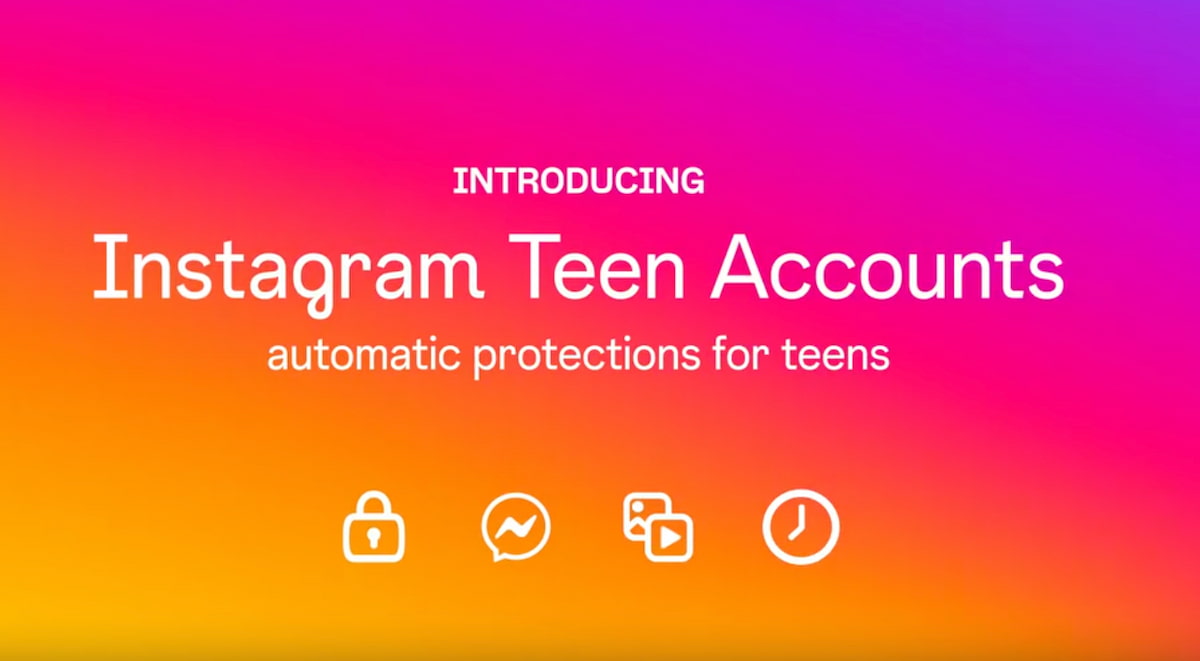
On September 17, Meta introduced a new Instagram Teen Accounts feature. The aim is to create a safer experience for users aged 13-17. These accounts automatically apply built-in protections, limiting who can contact teens and the type of content they see.
Parents can set up all restrictions through the Family Center. The new feature also ensures teens under 16 can’t change their settings without parental permission. Once they turn 16, they can manage their sitting on their own.
While these changes promise a better experience for young users, many wonder if they go far enough in addressing the risks teens face online.
Key Features Included in New Instagram Parental Controls
In response to growing concerns about digital safety, Instagram now offers new built-in parental controls to enhance features provided in Family Center. These protections aim to reduce exposure to inappropriate content, manage online interactions, and promote healthier screen time habits. Here’s a breakdown of the features:
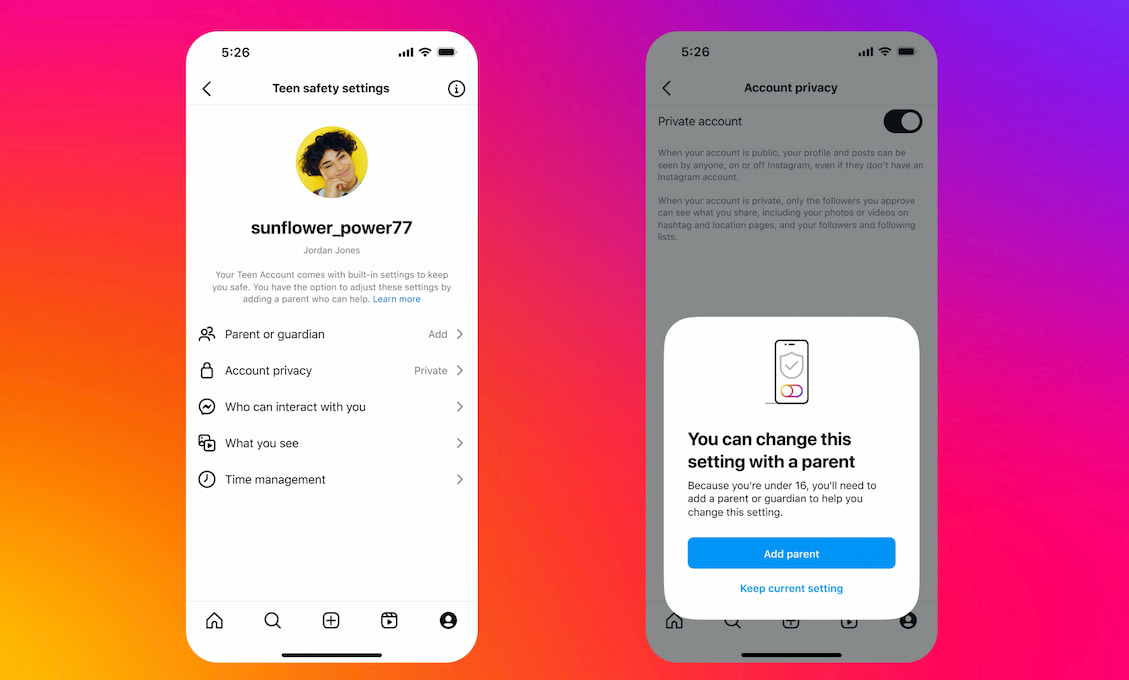
- Default private accounts: New registered users under 16 will have their accounts set to private, allowing only their followers to see their content.
- Messaging restrictions: Teens can only receive messages from users they follow and those they’ve already contacted.
- Content filters: Teens are automatically placed in the strictest content filter to reduce harmful or sensitive content in their feed.
- Interaction settings: Teens can only be tagged or mentioned by people they follow.
- Hidden words: An anti-bullying feature that detects and hides offensive words in teens’ comments and DM requests.
- Time limit reminders: After 60 minutes of daily app usage, teens receive reminders to leave the app.
- Sleep Mode: Downtime will be automatically turned on between 10 PM and 7 AM. It will mute the notifications and send auto-replies to DMs.
Instagram teens allow parents to be more involved in their teen’s activities. While they can’t see what teens are texting about, they can at least see who they contact. Parents can also set daily limits or block the app completely for a certain period.
For teens, the platform introduces an additional feature that lets them choose topics that they want to see more in their Explore section. Meanwhile, parents can see teens’ topics of interest through their supervision account. To learn more about how all these features work, you can use the Instagram guide for parents on their official website.
When and How Will Meta Implement Instagram Teen Accounts?
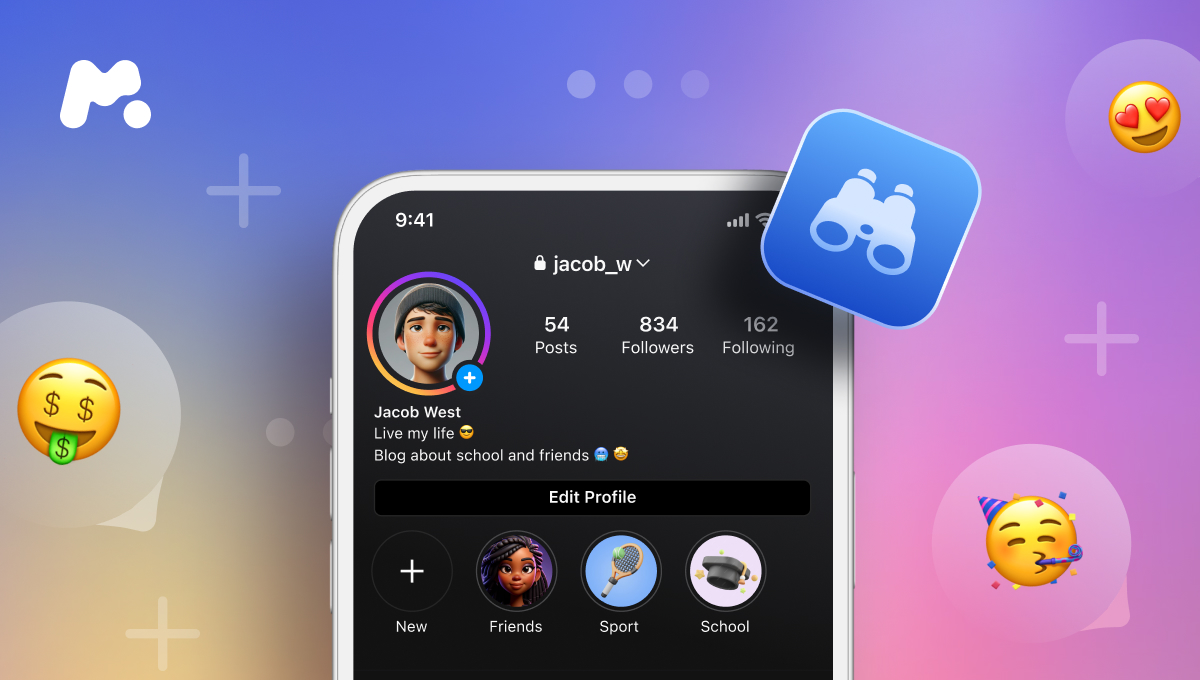
Instagram is already placing new users who sign up on a platform in Teen accounts starting September 2024. Starting January, existing users worldwide will gradually receive these updates, and other Meta platforms are expected to follow later next year.
Most built-in protectors will be set automatically for new users under 16. They will need parental permission to use less restrictive settings. Parents have to set up a supervision account to manage all the settings and approve or deny their teen’s requests.
Will Existing Users Be Placed to Instagram Teens?
When it comes to existing users under 16, it can be harder to detect such accounts and place them under stricter restrictions. Meta also acknowledges that new changes encourage teens to create accounts using fake birthdates, forcing a stricter verification process.
But it’s still not the idea. Instagram will only ask you to verify your age if you have an account with an age under 18 and want to change it to over 18. You’ll need to upload your ID or a video selfie.
The platform uses Yoti – an AI service, to verify your age based on facial features, which can be subjective, as appearances don’t always match a person’s actual age.
Meta also plans to implement an AI model to detect teen accounts that may have entered false birthdates based on their behavior and interactions. This sounds like a great plan, but it can be pretty hard to accomplish.
We know how imperfect AI tools can be. Plus, different people like different things. For example, if you follow Taylor Swift or Harry Styles, does it make you a teen? It seems like detecting teens based on things they hypothetically like might not be such a great idea.
Final Verdict on Instagram Teen Accounts
Instagram teen accounts are the biggest efforts for Meta company to address safety concerns. While these built-in protections help limit exposure to harmful content and manage interactions, they aren’t perfect. Teens can still accept requests from strangers, and the platform’s algorithm will likely encourage excessive use.
Combining these built-in protections with a full parental control app like mSpy is a smarter move. mSpy lets parents supervise activities on lots of social media besides Instragam. You will not only see who they interact with, but you can also check what they’re chatting about.
By offering a more hands-on approach to monitoring, mSpy provides a much clearer picture of their teen’s digital behavior and helps parents address potential risks more effectively.



